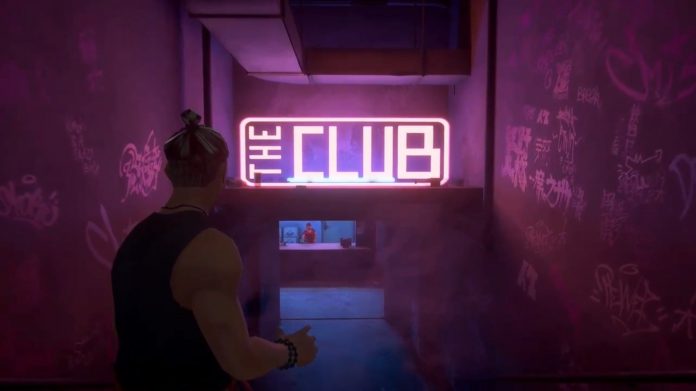I recently had a chance to check out an early build of Sloclap’s upcoming Kung Fu game, Sifu. Between the skillful combat and interesting story mechanics, gamers are in for a treat.
I’ve been looking forward to playing Sifu since it was first announced. On top of the stylish look to everything, the action behind it looked incredible. As such, I was really excited to be invited to test out a hands-on demo with the game.
Ahead of it’s release next year, Sloclap offered me the chance to play through an early build of the game. The demo allowed me the chance to play through the first half of the game’s second chapter. Due to missing out on the first chapter, there’s obviously some story context that was missing, but even so I was able to put together some of the basic ideas.
The demo started me off inside a Kung Fu dojo, referred to as the Wuguan, which serves as the home base. You’ll be able to access the Wuguan between missions and there are a handful of things you can do from this central HUB area. Here you can access the “Detective Board” that allows you to revisit information you’ve uncovered about the enemies you’re trying to take down, hints about secret areas, and more.
Probably the biggest thing you’ll want to hit up in the Wuguan is the training area. By walking around and engaging the wooden raining dummy, you’ll be transported to the training room. Here you’ll be able to test out all the various skills you’ve learned, practice the more complicated moves, try your hand out at weapons you may not have encountered yet, and generally get yourself prepped for whatever the next mission brings.
As a HUB area, it’s pretty swanky and I loved poking around and learning details about the story via the Detective Board (we’re on a revenge mission!) and seeing the hints of other cool things I’ll be able to do in the full game. There are secret areas and shrines you’ll be able to visit. Completely such challenges will allow you to unlock new skills/abilities that will aid you in your mission to whip ass all over the place.
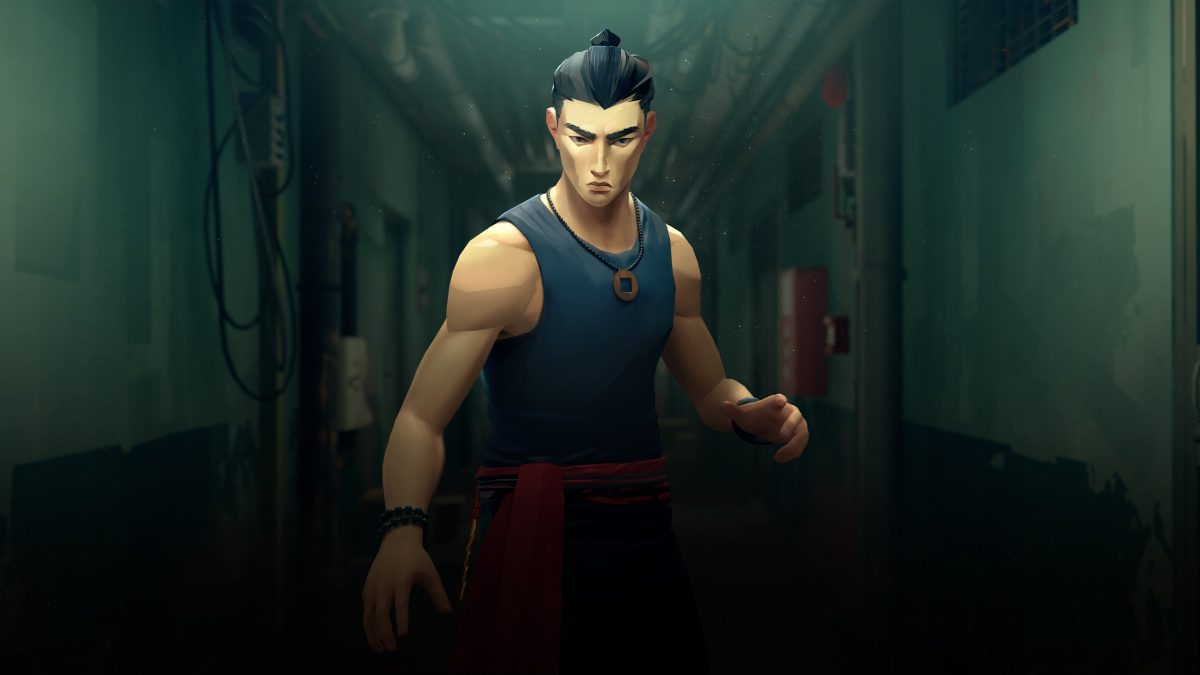
But enough about all that, let’s get to the meat of the game: combat. Obviously, the Kung Fu is a primary aspect of the game, and even just diving into the second chapter of the game, I was given a ridiculous amount of people to test my skills against.
Despite featuring around 150 real-life techniques, the controls feel more simple than I expected. The preview I was playing was for the PC, but I used my NACON controller to make life easier for me (I’m a console guy, sorry!), and it was pretty intuitive. In the same way as typical action/fighting games, there’s a light attack button and heavy attack button.
It seems basic, and it’s easy to get started, but the more you do, you discover things get much deeper. You’ll also be incorporating movements of the left joystick, while hitting attack buttons. Doing so not only changes up the angle of your attacks, but can change the entire moveset you’re doing. Some approaches will work better against certain opponents, while others won’t. So there’s a sense of changing up your style and tactics on the fly while you’re in the middle of combat.

As I fired up the mission I found myself in the alley outside a mob controlled bar/club (the club which has featured pretty prominently in the marketing so far). Having spent a little time in the training room, and seeing there were only a couple real attack buttons to mess around with, I was feeling pretty confident as I strolled up to the club and encountered a bouncer telling me I wasn’t allowed inside.
I promptly got my ass-handed to me, encountering my first “death” in the game.
In Sifu, however, death isn’t necessarily the end. In fact, dying is an important part of the gameplay overall. There’s a supernatural element thanks to a talisman you’ve acquired (something I assume that happens in the story portion we didn’t see in this demo), which allows you to be revived right where you left off.
This power comes with a cost. Using the talisman resurrects you, but ages the character in the process (the pendant requires so life force to operate). The amount of aging that happens to your character is progressive. At first it’s only one year, then two years, then three, and so on. Where you start off as a 20 year old it only takes a few deaths to find your character looking grey and older.
There’s trade-off however. As your character ages, your maximum health shrinks, but your damage levels get a solid boost. Seriously, but the time my character was in their 70s, I was able to knock down the most basic enemies in a single hit or two. That’s not all, however, as death in the game presents and opportunity to increase your overall skills.
Once you’re in a mission/level, Sifu moves along at a blistering speed. There isn’t much room to rest/breathe. Funny enough, getting to the death screen is where you actually have a chance to rest/reflect back on your strategy and where you may have gone wrong. It’s a necessary moment.
Beyond giving you a chance to rethink your combat approach, there are more practical elements. The death screen is where you can unlock new skills and give you new options to tackle your current missions. In the snippet I was able to play, this wasn’t really an option, but I could see how it would work in the full game and I kinda love it.
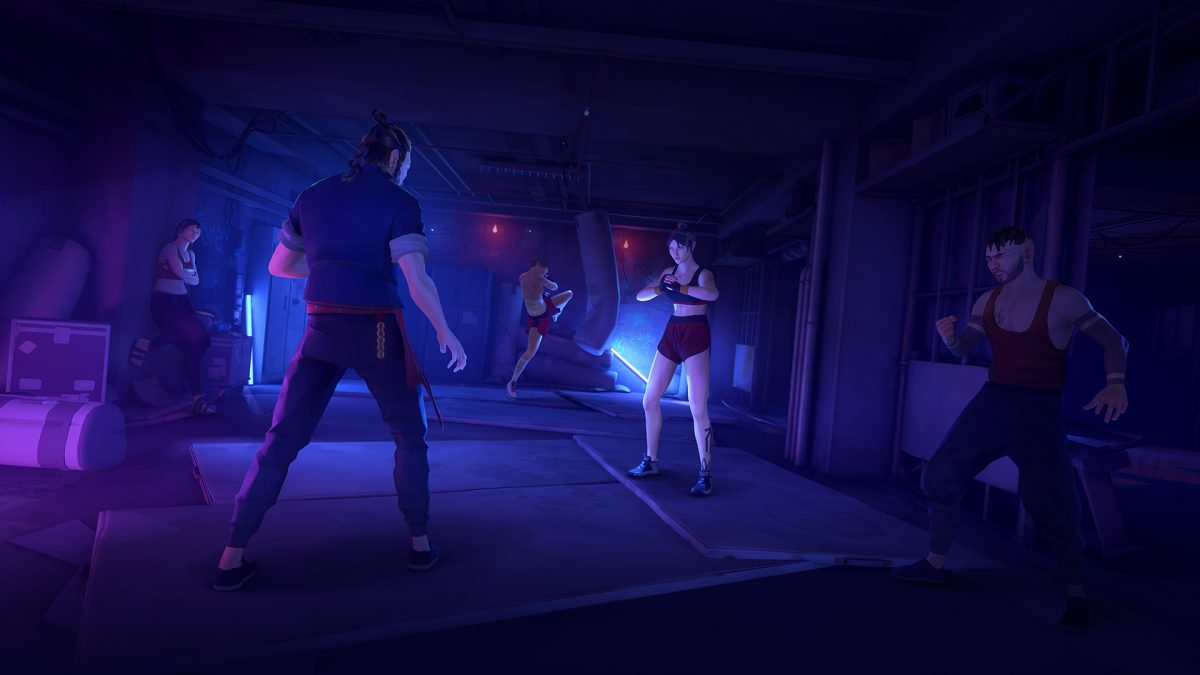
Once you resurrect, you’re back in the fight. Though I was a bit embarrassed to have needed to use a life just on my first enemy, the learning experience was pretty valuable. I managed to take things a bit slower and rather than going in arms blazing, I balanced out blocks/parries with my attacks.
The result was a bouncer who suddenly wasn’t able to get a single punch in on me. Having recovered a smidge of my pride, I headed inside the club (the one which features so prominently in the trailers so far), where I found myself getting my ass handed to me yet again.
Taking on single enemies is one thing, but it’s not long before Sifu starts throwing whole groups of people your way. Initially, the feeling is overwhelming, almost like you’re in the middle of an actual fight. This is another important element of the strategy you’ll have to use, however.
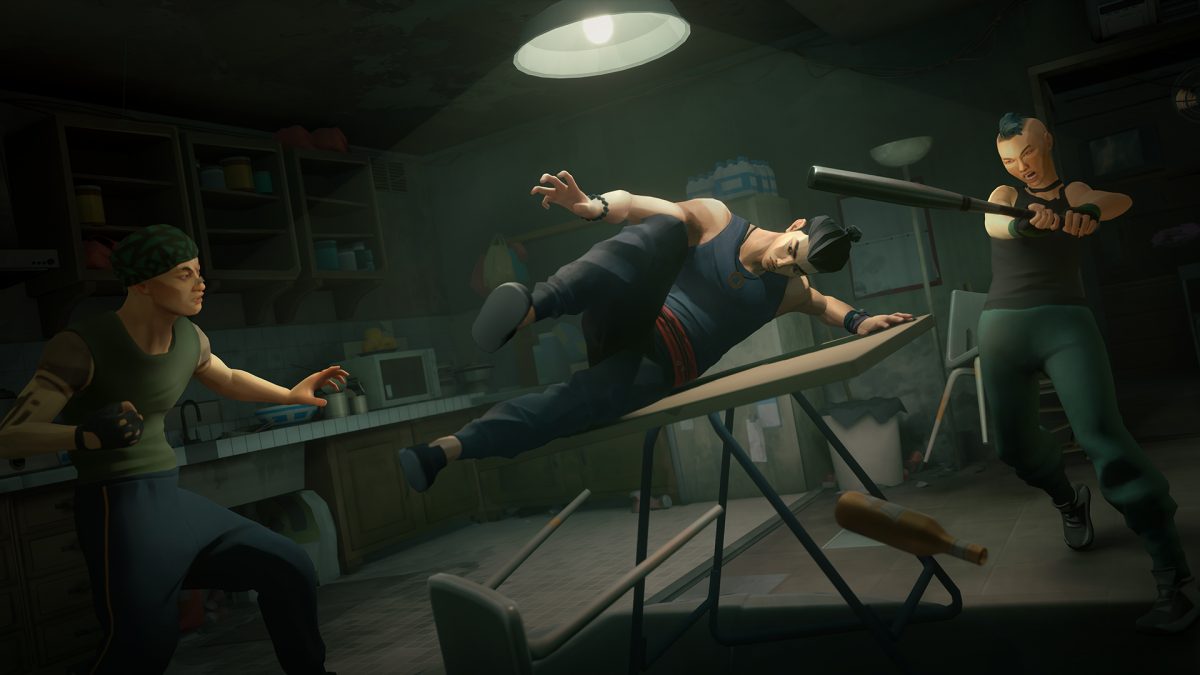
The environments aren’t simply places you fight, but serve as useful tools when encountering opponents. Dodging around tables can give a chance to put some distance between you and enemies, while you kick stools/chairs in their way as they get too close. Pick up a bottle off the counter top to either bash in someone’s head or toss it at an oncoming opponent to daze them while you deal with a closer enemy.
You can use the environment in other fun ways as well (some brutal looking finishers) and makes for some engaging moments. Getting familiar with all these aspects can take time, but thanks to the death mechanic, that’s something you have plenty of.
That said, time catches up to us all and your character is no different. You can only get so old before you can actually die, die. This results in a game over that puts you back at the start. Don’t fret too much as the final game brings save points at the end of missions so you can go back to a previous age (there is NO way to get younger) and start from there instead.
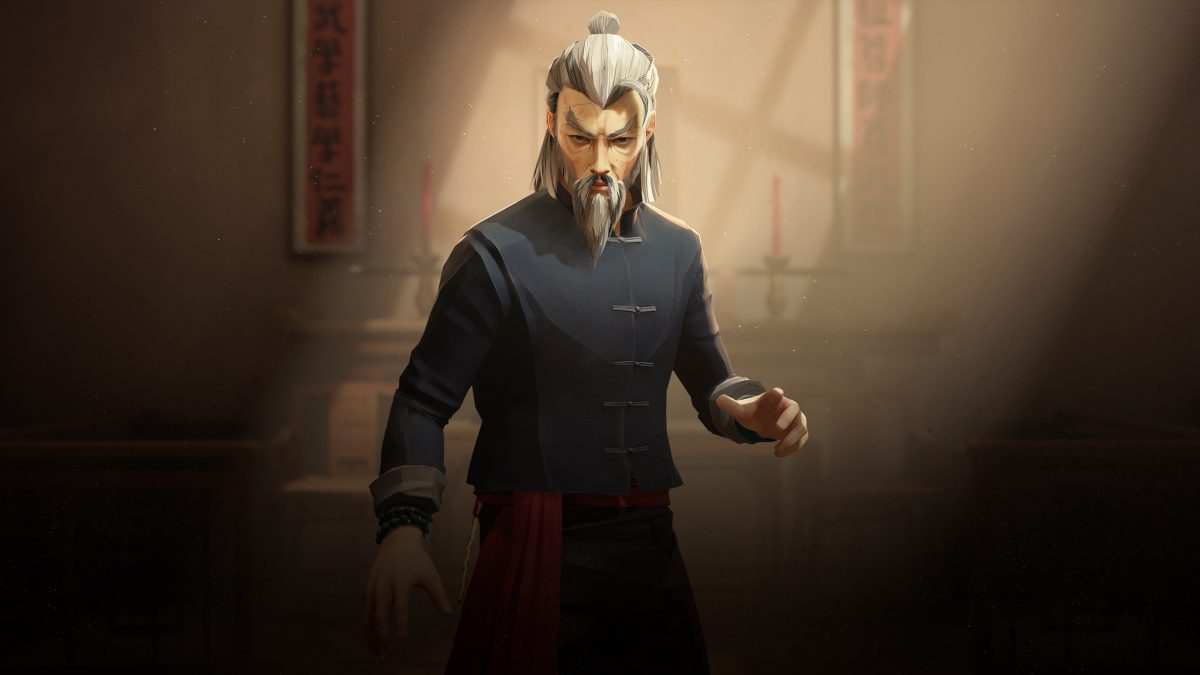
The game over resets the skills you’ve unlocked on the other death screens, but you’ll have the chance to visit shrines and use experience points to permanently unlock certain things down the road. Again, this isn’t something I was able to check out in my demo, but you better believe I found myself starting over a few times. Not just because I was terrible, but because I wanted to!
Generally speaking, I’m not huge on those kinds of games. Don’t get me wrong, I’m all about a challenge, but getting my ass kicked and having to start over time and again isn’t my normal idea of a fun challenge. Sifu, however, feels like it completely breaks the mold for me in that regard. Between the amount of techniques featured, multiple weapons to mess around with, environmental based strategies, and different unlockable skills; fights never, ever feel the same.
There’s one area in the demo where you see a bar and a few tables set off to the side in little rooms/alcoves that give the appearance of privacy. In my first approach, I went straight down the middle to the bar, running for the “weapons” available there as I took on the various patrons who came out to attack me.
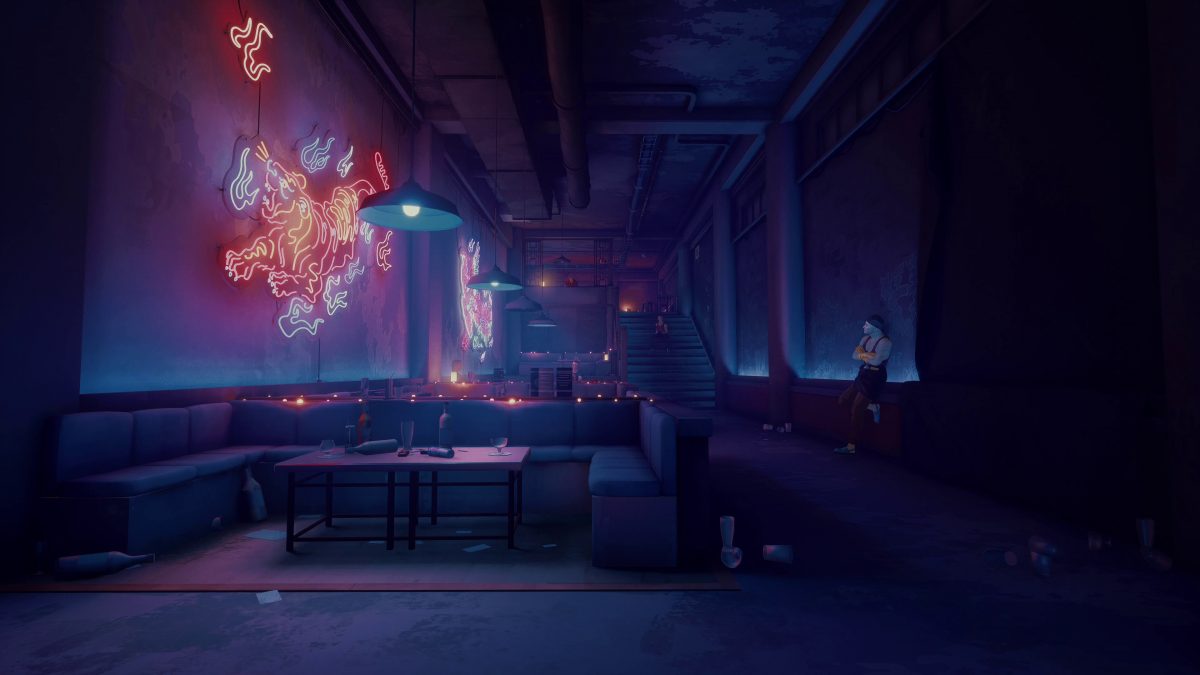
The second time around, I took a more subdued approach by diving into one of these side alcoves, taking on the group of enemies there, and working my way through the dinner table areas before getting to the bar itself. The result was one terrified looking bar tender who found himself without any real backup.
The third time around, I went in a little more willy-nilly, encouraging a bigger group of enemies to form. I used the tables and pillars to almost herd them around the room, keeping them more or less lined up in front of me, so I could still take them on in a more controlled fashion.
It was fascinating. Even going into the same room with the same group of enemies, my encounters with them felt wildly different each time. Largely, this felt like my experience with the demo on the whole. Even in the single combat scenarios, I was able to change up my style and approach just enough that nothing felt repetitive. Even as the game forced me to go back to the beginning, I didn’t mind.
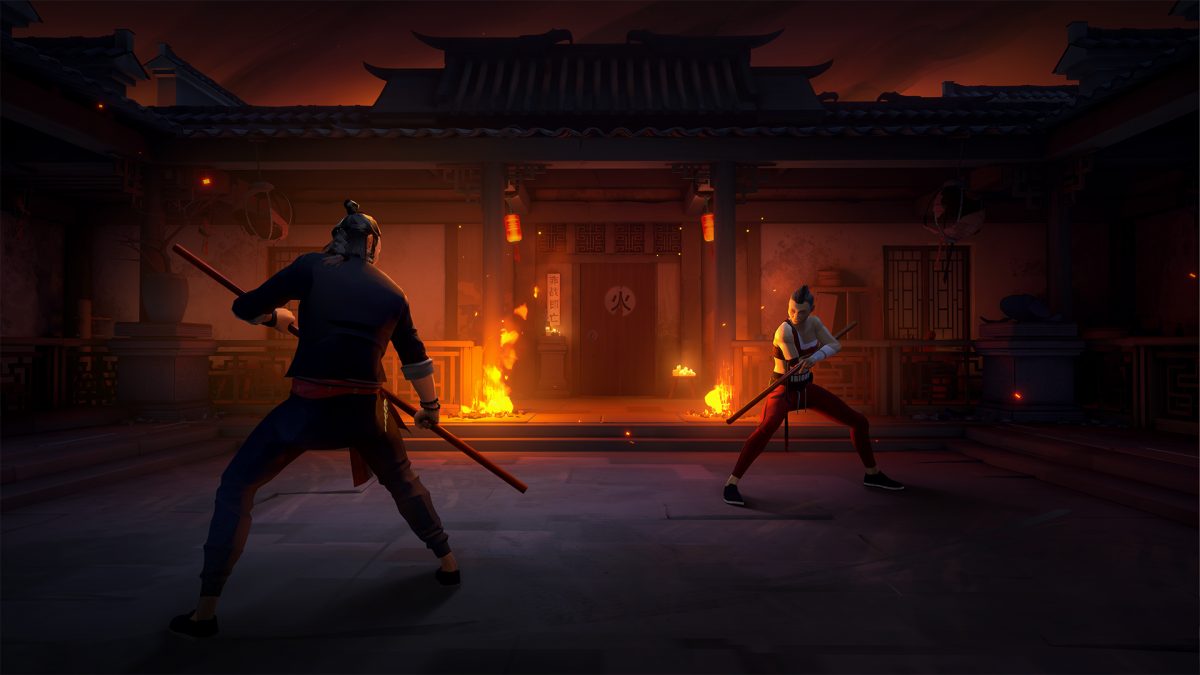
Beyond the gameplay making it fun enough to work through missions more than once, how the game presents the martial arts action is another big factor in the replayability. Sifu legitimately feels like you’re watching an incredibly badass Kung Fu movie. Think of films like Donnie Yen’s Ip Man films, Man of Tai Chi, The Paper Tigers, Hero, or even The Matrix movies. That’s what Sifu feels/looks like.
The motions of the characters fighting is slow fluid, and flow into one another in a way that feels choreographed rather than something you’re making happen via button inputs. Everything from the animation, to sound effects, and even how the camera changes angles when you pull off a finisher brings this action movie experience into the palm of your hands.
The result are fights (even against your basic grunts) that empower you, the player. You genuinely feel like a badass when you string together combos and take out enemies with theatrical flourish. Even when you mess up, the experience isn’t frustrating because it still looks insanely cool and you feel like you’ve learned something from it.
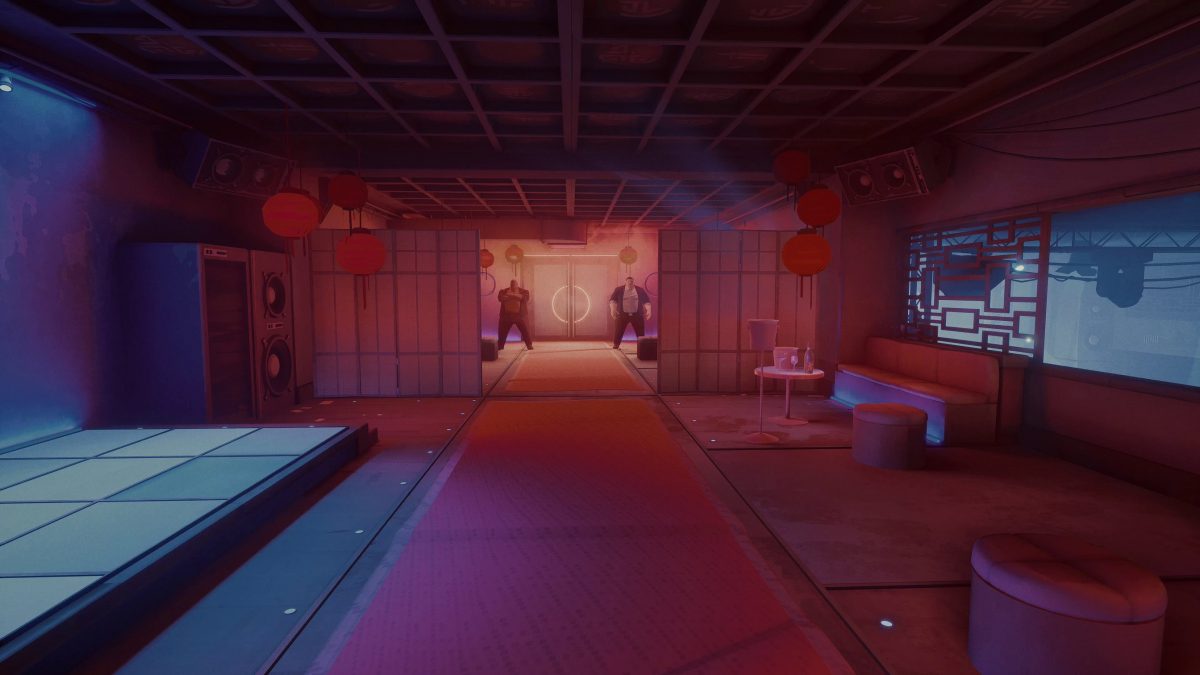
Sifu feels like the game I was hoping it would be when I watched the initial announcement trailer. Even in my short hands-on time with it, I was blown away by the combat mechanics, the sleek visual style, and intrigued by the little bit of story lore set up.
Ultimately, I ended my time with this demo simply wanting more of everything and I can’t wait to check out the full game when it launches on February 8, 2022. Also, who the hell do we need to talk to about getting Sloclap the license to make a Matrix game?!

